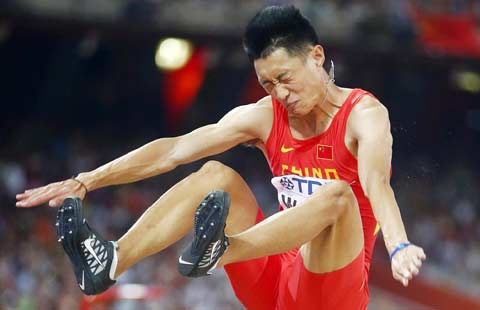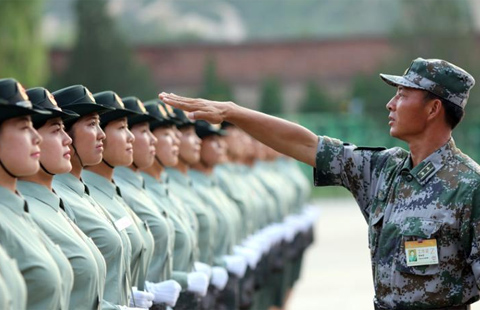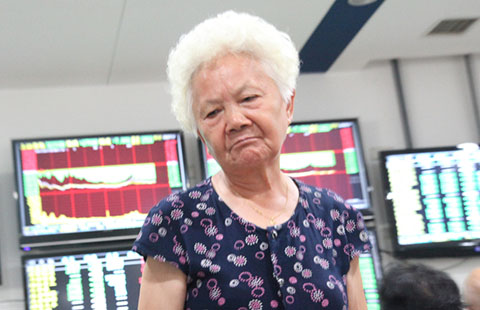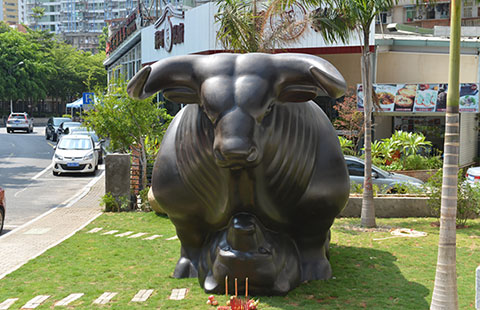Targets set for regional integration
Updated: 2015-08-24 06:54
By ZHENG JINRAN(China Daily)
|
||||||||
Industrial coordination will achieve regional breakthroughs with an efficient integrated growth system. Social development gaps between different areas will be reduced by a better delivery of public services.
By 2030, the strategy aims to form an integrated Beijing-Tianjin-Hebei region, with an improved economic structure, cleaner environment and better public services. The integrated region will become an area with strong competitiveness and influence globally, according to the document.
"The targets can be met if the three areas can fully implement the efforts," said Yang Hongshan, a professor of local government development at Renmin University of China.
The document requires the three areas to discuss detailed plans to reach the goals, which may take some time after the outline is released, Yang added.
The leading group also stressed the importance of implementation, saying it will break down barriers in the three administrative areas that block the free flow of capital, technology, property rights and labor.
They will promote a coordination system for policymaking relating to administration, infrastructure construction, environmental protection, industrial development and technological innovation.
Highlights
A look at the guideline for the coordinated development of the Beijing-Tianjin-Hebei region:
Reducing Beijing's burdens: The guideline says the primary target is to release Beijing from its noncapital functions, and solve the city's major problems in urban development. It will also increase the coordination between Beijing and Tianjin, enhancing industrial cooperation and urban integration. The main framework of the coordination lies in three city clusters: Beijing and Tianjin; Beijing, Baoding and Shijiazhuang; and Beijing, Tangshan and Qinhuangdao.
Targets
2017: There will be progress in reducing the noncapital functions in Beijing, and breakthroughs in the coordination of transportation, environmental protection and industrial upgrading.
2020: The population of Beijing will be contained within 23 million, and the problems that arose with its urban development could be effectively solved. A coordinated transportation network will take shape, and the regional environment will be improved significantly, with progress being made in the coordinated development of industries. Gaps in public services such as education and medical care will be effectively closed. The investments in science and innovation will be further strengthened.
2030: A coordinated pattern of regional development will take shape.
- Turkey to hold snap parliamentary election
- Caroline Kennedy used personal email for official business
- Czech appeals for closing Schengen external border
- DPRK says inter-Korean contact gives lesson to South Korea
- Trial starts for Chinese scholar expelled from Norway
- Britain to crack down illegal working

 Chinese long jumpers leap to history
Chinese long jumpers leap to history
 Female honor guards train for military parade debut
Female honor guards train for military parade debut
 Top 10 richest universities in China
Top 10 richest universities in China
 The looks of despair in Chinese stock market
The looks of despair in Chinese stock market
 Goodbyes and tears as left-behind children head home
Goodbyes and tears as left-behind children head home
 Bull crushes bear in stock market statue
Bull crushes bear in stock market statue
 Top 10 emerging cities on the Chinese mainland
Top 10 emerging cities on the Chinese mainland
 Jamaican Fraser-Pryce again becomes world champion
Jamaican Fraser-Pryce again becomes world champion
Most Viewed
Editor's Picks

|

|

|

|

|

|
Today's Top News
Bank lowers lending rate to ease debts
Officials on suspended death sentence face life behind bars
US National Security Adviser Rice to visit Beijing this weekend
Warner Bros plans to develop Chinese-language movies
Central bank announces rate cut to bolster real economy
Investors in for long haul amid selloff
30 heads of state to attend China's Victory Day celebrations
ROK, DPRK agree to defuse tension
US Weekly

|

|






